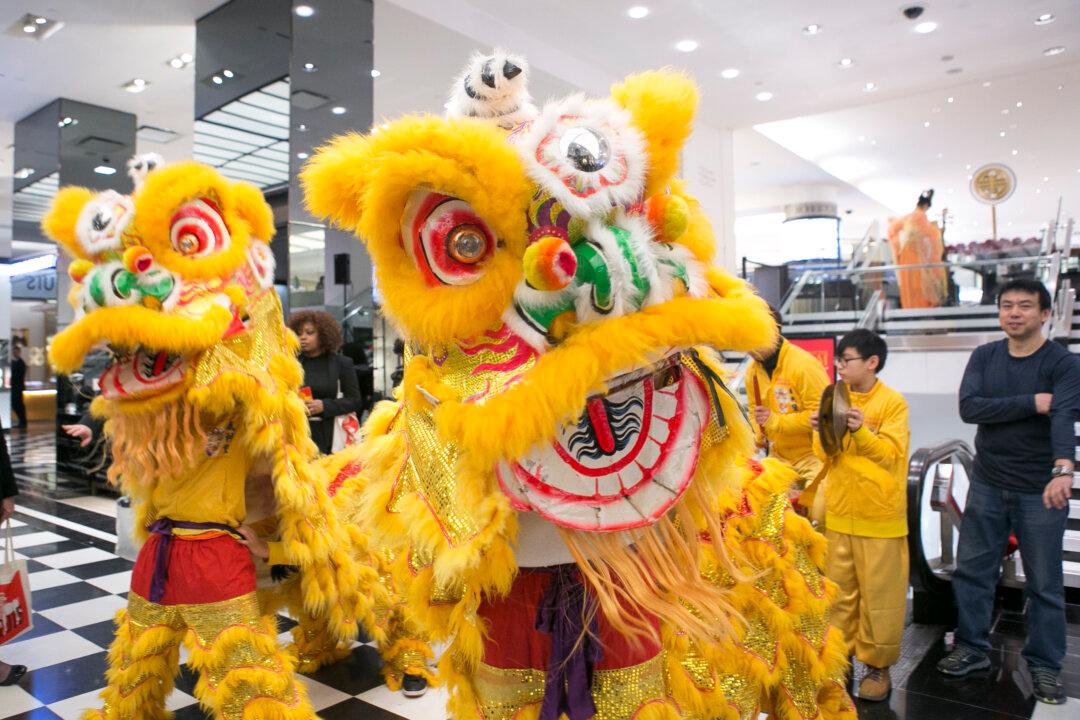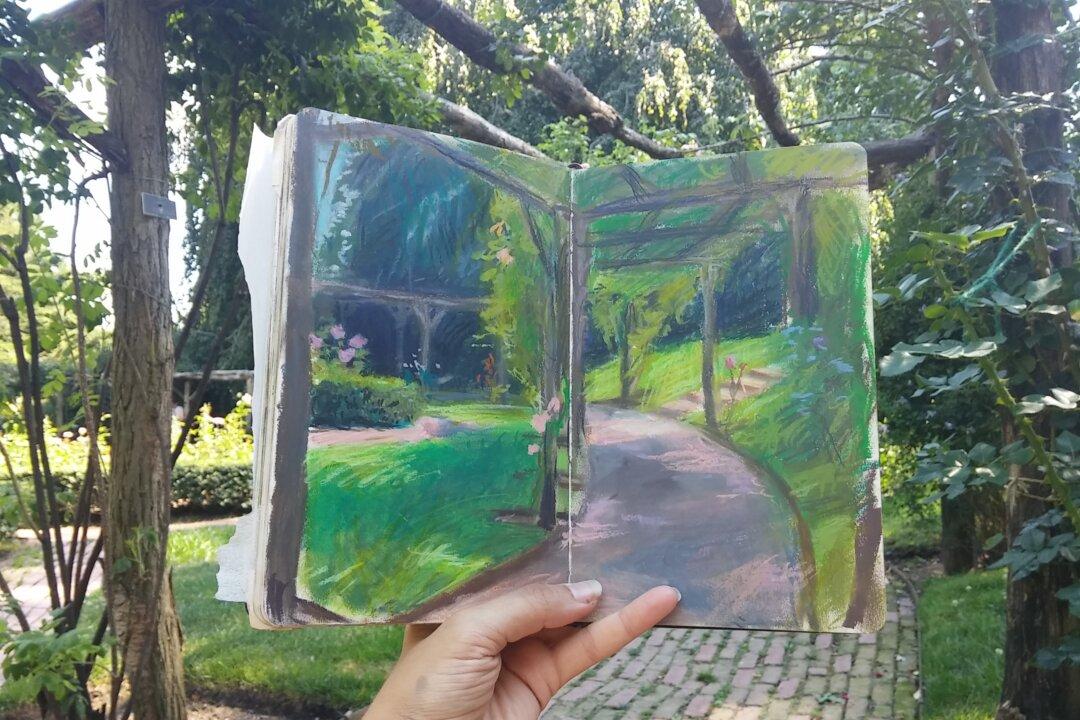NEW YORK—High-end retailers selling luxury goods, like Bergdorf Goodman, Saks Fifth Avenue, Prada, Christian Dior, Bloomingdales, Tiffany & Co., Max Mara, Macy’s, etc., have embraced this Chinese New Year of the ram to attract Chinese customers notorious for their impressive spending power.
They are rolling out limited-edition items, hiring Mandarin-speaking staff, offering international shipping to Mainland China, giving away gift cards, providing personal stylists, and sending out invitations to their valued customers to special VIP events in the evenings after store hours.
In 2012 Chinese shoppers took first place in terms of spending on luxury goods, representing about 27 percent of purchases worldwide. That percentage is estimated to go up to 35 percent this year, according to data from the McKinsey Global Institute. Last year, Chinese shoppers spent about $61 billion (380 billion yuan) on luxury products, the Bain & Company consultancy group reported on Tuesday.





